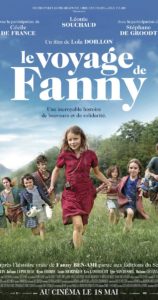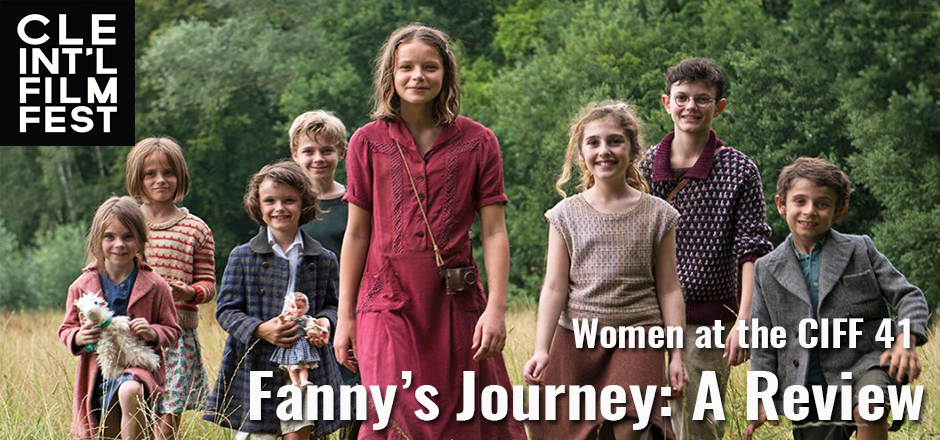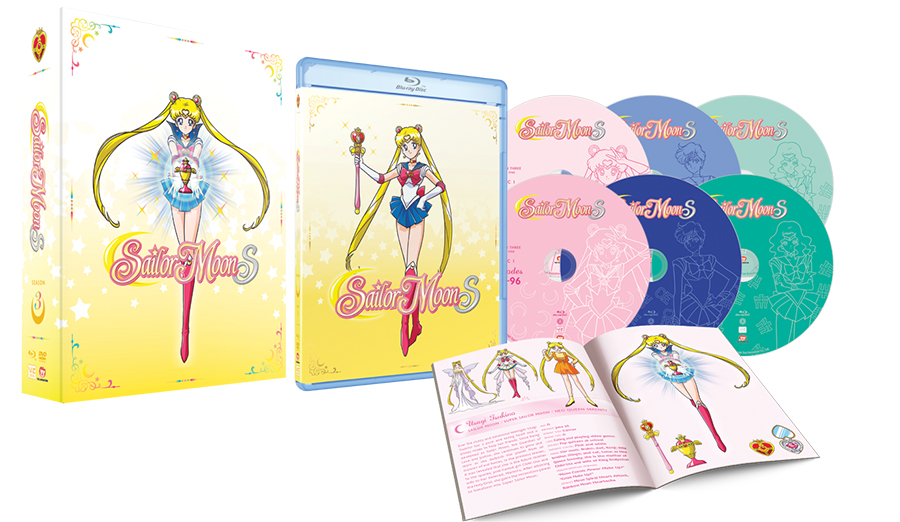We live in very scary times. What we need now more than ever is to be inspired by, and reminded of, the strength of women. Fanny’s Journey, or Le voyage de Fanny, is a 2016 French and Belgian film directed by Lola Doillon. Based on a true story, Fanny’s Journey paints an intriguing picture of World War II through the eyes of Jewish children on the run.
Fanny is introduced to us as a hardheaded twelve-year-old girl who was forced to grow up too soon. Fanny and her sisters were placed by their parents in a home for Jewish children to hide them from Nazi  persecution. Once this home is discovered, the caretakers hire smugglers to help the children flee to Switzerland. A series of unpredictable obstacles throws the group of children off their charted course and away from any adults who could help them. Fanny takes charge, despite her fear, and leads the children through Nazi occupied France.
persecution. Once this home is discovered, the caretakers hire smugglers to help the children flee to Switzerland. A series of unpredictable obstacles throws the group of children off their charted course and away from any adults who could help them. Fanny takes charge, despite her fear, and leads the children through Nazi occupied France.
As a fan of WWII movies, I enjoyed the production design’s attention to detail. The costumes and set pieces felt genuine and used. They felt real within that world. An aesthetic that seems to be prevalent in WWII movies lately is the washed out, bluish-grey filter. Fanny’s Journey did adhere to this aesthetic in moments of fear or destruction but it also showed a more colorful and vibrant world in moments of childlike levity.
The older child actors in this movie were phenomenal. I can’t imagine where they had to go mentally to give the kind of frightened performances they did, but it ached. The younger children also did very well, but they did seem to struggle a tiny bit with giving a more genuine performance. They are so young, after all.
The pacing in this genre of film is known to be more drawn out at times. While Fanny’s Journey did dip into that realm of exhausting the audience it never really stayed there. I was engaged throughout the entire movie. The pacing kept the audience at the same level of energy as the characters on the screen.
One of my favorite moments of this film is between Madame Foreman, an adult women in charge of overseeing the children’s escape, and Fanny. Madame Foreman is telling Fanny that since she cannot be with them for the rest of the Journey, Fanny will have to step up. Fanny is terrified of that responsibility, and rightfully so. She’s a twelve year old girl and she’s expected to keep a group of her peers safe from Nazis. But Madame Foreman is a strong and intelligent woman, and seeing her have this talk with Fanny about being a strong person is gratifying. Neither of their genders mattered at this moment, it was a strong adult character inspiring a strong child character. A scene we’ve so often seen between two men now between two women.
Something the movie made very sure to highlight is the group of children’s unrelenting ability to stay children, like having fun when they felt safe and kidding with each other. Even after being captured and escaping French police under Nazi control, after being told they were worth nothing as Jewish children.
This movie is certainly inspiring, even if it touches into the predictable at times. It’s amazing what fantastic women characters we get when we let women direct, right? But something that I think is important to keep in mind is that this isn’t just in our past. There are children losing their innocence and their lives every day in Syria and places like it, affected by war. It’s easy to watch Fanny’s Journey and feel cathartic because we’re looking back. It’s easy to wipe our tears and feel better because we won, we defeated that evil. And thank god we did, but don’t let that feeling make you lose sight of the horrors of war today. Don’t forget about the children still running.
[coffee]





